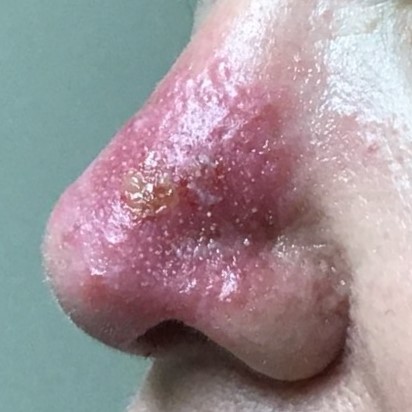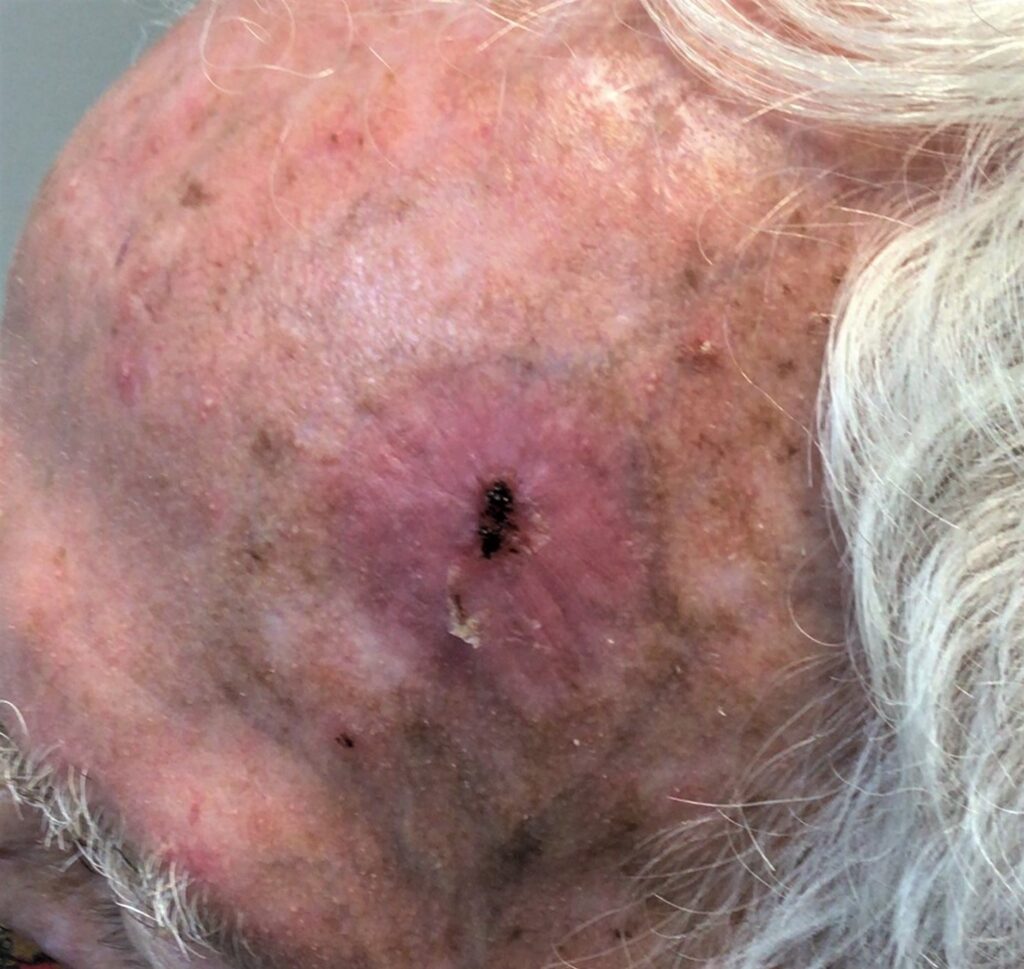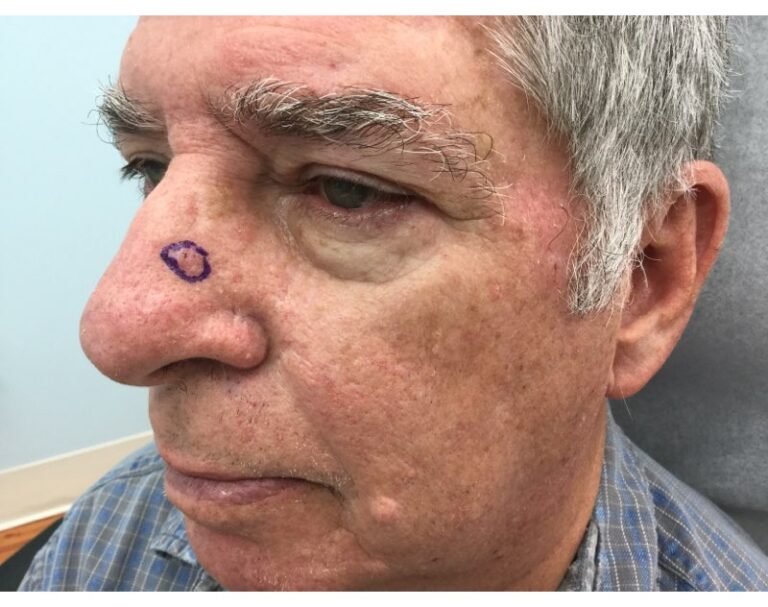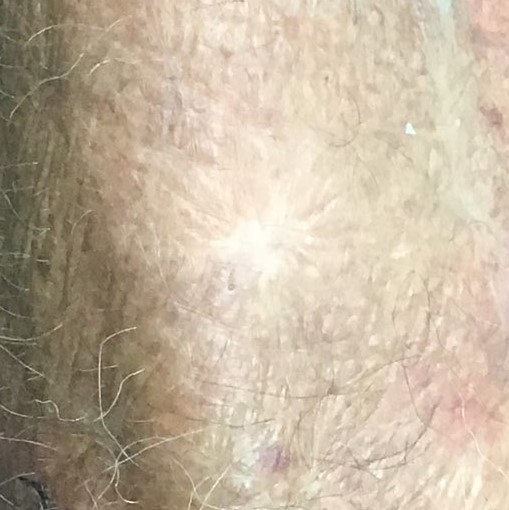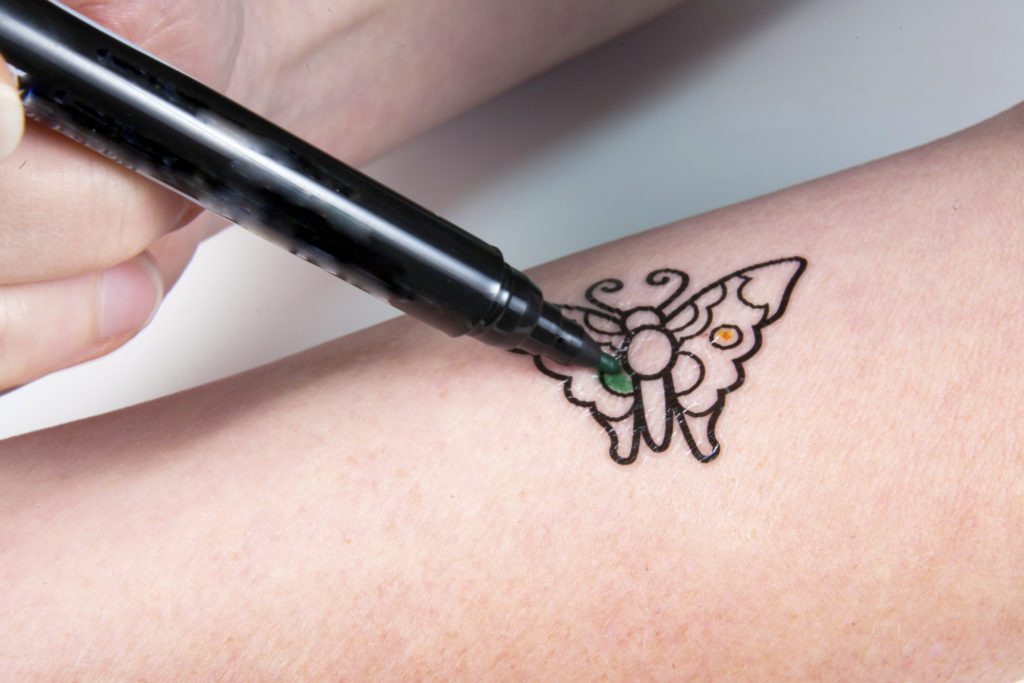
Have you ever drawn on yourself with a marker or written a note on your skin when you didn’t have a piece of paper on hand? Most people have done so at least once or twice—but can you get skin cancer from drawing on yourself? It’s highly unlikely. Although inks may contain solvents that can seep into the bloodstream from your skin—especially if you have open wounds or sores—and some inks may contain chemicals that have been linked to cancer, skin cancer is generally caused by excessive UV light exposure.
Ink Toxicity: Is it Risky to Draw On Yourself?
The likelihood of giving yourself skin cancer with a pen is extremely low, but marker markers like Sharpie still say that their products are not necessarily skin safe. Non-toxic inks are the industry standard, but in high enough quantities, chemicals like xylene have the potential to cause damage to the nervous system or other organs. It’s the solvents in the ink, rather than the pigments themselves, which pose the greatest risk. Moreover, it’s worth noting that the risk of absorption is much higher if the ink doesn’t need to pass through your skin to reach the bloodstream—so you shouldn’t draw on yourself anywhere near a bug bite or an open wound.
If you are one of the unlucky few who happens to absorb too many of the chemicals in ink, you may experience symptoms including an upset stomach.
Once again, excessive sunlight and tanning bed usage are much more likely to lead to skin cancer than body art. However, over long enough timelines and in high enough quantities, the impact of chemicals in pen ink or marker ink could lead to an increased risk of cancer—or other problems. For that reason, you shouldn’t write or draw on yourself frequently.
If you have to write or draw on your skin, look for a water-based felt pen with non-toxic ink.
Ink Toxicity: What About Tattoos?
Tattoo inks may contain chemicals that have been linked to cancer—including phthalates and benzo(a)pyrene—and although there are some possible connections between tattooing and skin cancer, there is still no conclusive, scientifically documented link between the two.
Even though skin cancer isn’t likely to result from a tattoo, both phthalates and benzo(a)pyrene are on the EPA’s list of carcinogens. Moreover, colored tattoo inks often contain chemicals like cadmium, chromium, nickel, and titanium. These chemicals are unlikely to cause skin cancer, but they may enter the bloodstream and increase your risk for cancer more generally.
If you lower your risk of cancer, you can avoid tattoos entirely—or work with a tattoo artist who is careful about the inks they use. The most common non-toxic inks for tattoos will use carriers like vegetable glycerin, witch hazel, water, or ethanol.
Learn More About Skin Cancer with GentleCure
Although you are unlikely to give yourself skin cancer with a pen, a marker, or a new tattoo, it’s always a good idea to play it safe. For more information on common forms of skin cancer and the treatment options associated with the disease, explore our blog or get in touch with a skin cancer information specialist at 855-936-4411. If you or a loved one has recently been diagnosed with one of several common forms of skin cancer, ask your healthcare provider if Image-Guided SRT could be the right treatment.


